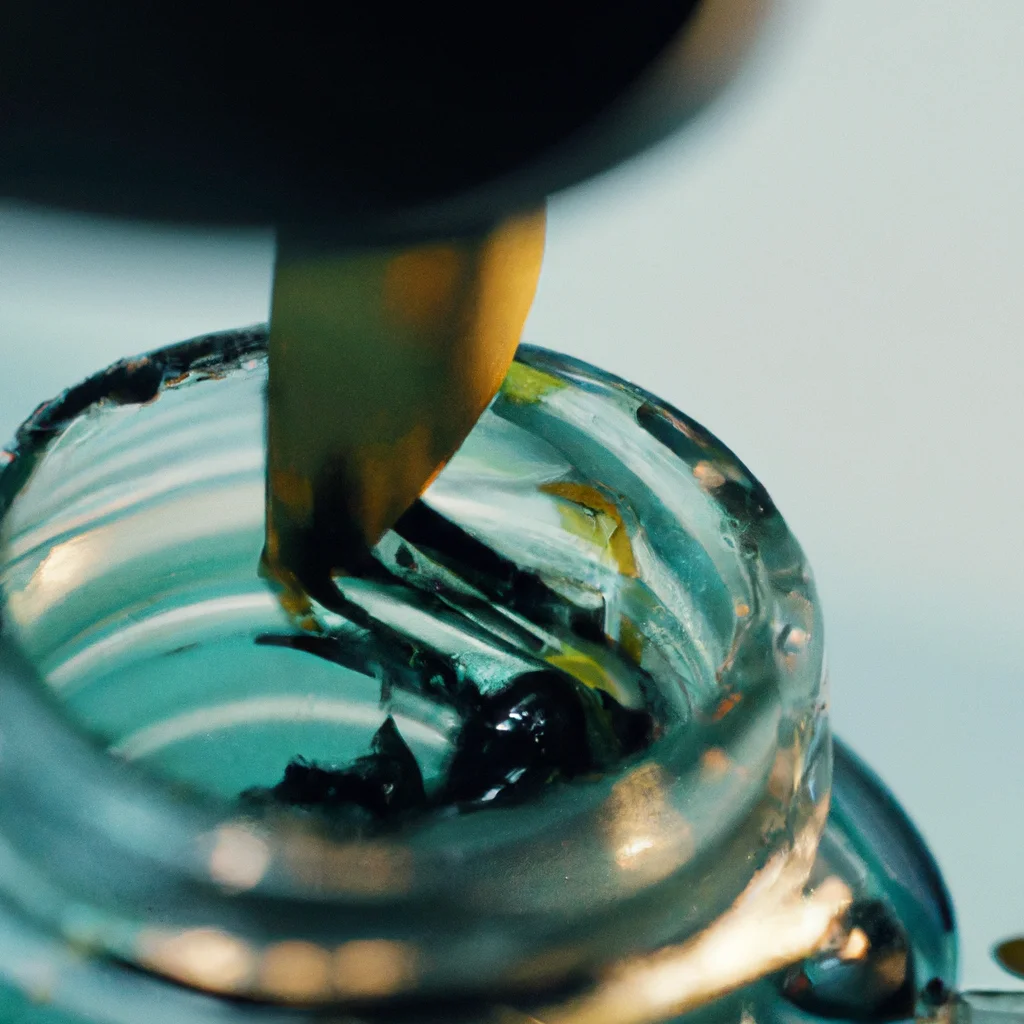How is ink produced for fountain pens?


How is ink produced for fountain pens?
Ink Production: The Chemistry and Manufacturing of Fountain Pen Ink
Fountain pens have been around for centuries, and they have always required a special type of ink. Unlike ballpoint pens, which use a paste-like substance, fountain pens require ink that flows smoothly and consistently. The ink used in fountain pens is made through a process called ink manufacturing. In this article, we will explore the chemistry and manufacturing process of fountain pen ink.
Ink Ingredients
Fountain pen ink is made up of several key ingredients, including water, colorants, and binders. The water used in ink manufacturing must be free from impurities, as any impurities can affect the ink’s quality. Colorants are added to give the ink its color, and they can be made from a variety of sources, including natural dyes and synthetic pigments. Binders are added to help the ink adhere to paper, and they can be made from a variety of substances, including gum arabic, shellac, and cellulose.
Ink Chemistry
The chemistry of fountain pen ink is complex and involves several different processes. The ink must be able to flow smoothly from the pen’s nib, and it must dry quickly on paper to prevent smudging. The ink must also be able to resist fading and bleeding over time. To achieve these properties, ink manufacturers must carefully balance the ink’s viscosity, surface tension, and drying time.
Ink Manufacturing
The manufacturing process for fountain pen ink involves several steps. The first step is to mix the colorants and binders with water to form a base ink. This base ink is then tested to ensure that it meets the desired color and viscosity specifications. Once the base ink is approved, it is mixed with other additives, such as preservatives and surfactants, to improve its stability and flow properties.
The ink is then tested again to ensure that it meets the desired performance specifications. If the ink passes these tests, it is bottled and packaged for sale. Ink manufacturers must adhere to strict quality control standards to ensure that each batch of ink is consistent in quality.
Special Considerations for Fountain Pen Ink
Fountain pen ink has several unique properties that must be considered during the manufacturing process. For example, fountain pen ink must be able to flow smoothly through the pen’s narrow nib without clotting or clogging. The ink must also be able to dry quickly on paper to prevent smudging, but it cannot dry too quickly, or it won’t flow smoothly from the pen.
Ink manufacturers must also consider the type of paper that the ink will be used on. Different types of paper absorb ink differently, so ink manufacturers must ensure that their ink performs well on a variety of paper types.
Conclusion
In conclusion, fountain pen ink is a complex and carefully manufactured product. Ink manufacturers must consider a variety of factors, including ink chemistry, ink ingredients, and special considerations for fountain pen ink. By carefully balancing these factors, ink manufacturers are able to produce high-quality fountain pen ink that flows smoothly, dries quickly, and resists fading and bleeding over time. Whether you are an artist, writer, or simply enjoy using fountain pens, understanding the chemistry and manufacturing process of fountain pen ink can help you appreciate the artistry that goes into creating this essential product.
Recent Posts
How do I create an engaging and informative online quiz or assessment?
Creating an engaging and informative online quiz or assessment can be a powerful tool for… Read More
What are the most effective methods for managing and reducing work-related stress in the hospitality industry?
Work-related stress is a common issue in the hospitality industry, where employees often face long… Read More
How can I improve my assertiveness and communication skills in a leadership position?
In a leadership position, assertiveness and effective communication skills are crucial for success. Being able… Read More
What are the key elements of a successful employee recognition and rewards program?
Employee recognition and rewards programs play a crucial role in motivating and engaging employees, as… Read More
How do I effectively manage and respond to customer feedback and reviews?
Customer feedback and online reviews play a crucial role in shaping a company's reputation and… Read More
What are the best strategies for effective time management as a stay-at-home parent?
Effective time management is crucial for stay-at-home parents who juggle multiple responsibilities on a daily… Read More